Spectacular bluish violet orbicular chalcedony from Ethiopia
- Details
- Created: Saturday, 06 January 2024 20:15
End of 2023, three spectacular chalcedony freeform tumbled stones were seen in Paris Mineral & Gems fairs. The color is similar to that of the blue chalcedony found in Turquey and Iran as well as some ethiopian opals. The peculiarness of the stones is the net white orb-like structures floating at the surface of the material although there is no such structure within the stone (Figure 1).
After searching the litterature, this particular chalcedony was listed in the 2023 Spring issue of the Gems & Gemology as a new maetrial seen in the Tucson 2023 Show. As stated in that article, the material was first discovered and mined in the Gerese district and has since been found in the Kemba and Garda Marta adjacent districts. These woredas are located in the Gamo 'zone' in Ethiopia as shown in Figure 2.
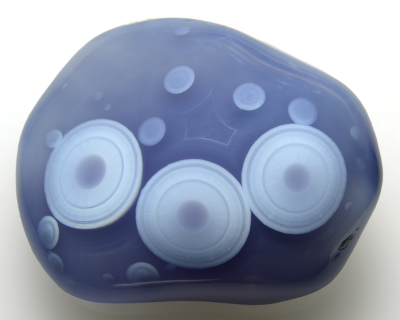 Figure 1. One of the three freeforms weighing 74.50 ct and sized
Figure 1. One of the three freeforms weighing 74.50 ct and sizedabout 31 x 25 x 19 mm. Larger orbs are about 9 mm, smaller ones
only 1 mm.
The stone in Figure 1 shows in its middle, an agatized structure (banded chalcedony) with a five curves form located at the center of the five surrounding orbs. In other words, it is looks like if each orb extends to this central form. There is a common point to all orbs structure, they are all with a pupil in their center and have two groups of two circle bands (in fact there are many more circled bands but much thinner and therefore less visible), see Figure 3 for a closer view. The orbs look like the eye iris and its pupil where a radiating structure can also be observed. Gemological properties are summarized in Table 1.
| Shape | freeform |
| Size | 30.9 x 24.5 x 14.9 mm |
| Color | bluish violet with withe orbs but beige while observed in transmitted light |
| Diaphaneity | translucent |
| Lustre | vitreous |
| Weight | 74.50 ct |
| SG | 2.60 |
| RI | - |
| DR | - |
| Pleochroism | none |
| Polariscope / Conoscope | stays light through a full 360° rotation -> polycristalline |
| SWUV | inert |
| LWUV | inert |
| Magnetic susceptibility N52 | diamagnetic |
| Chelsea filter | red |
Table 1. Observational and measured properties
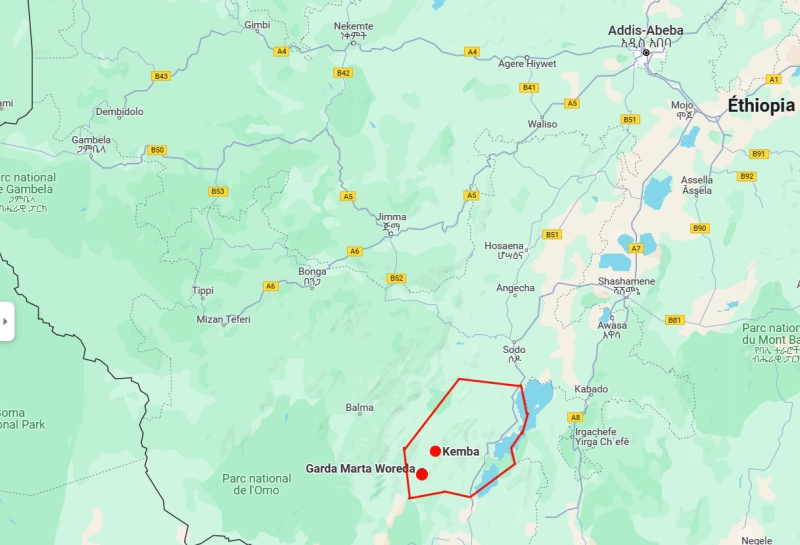
Figure 2. The Grerese, Kemba and Garda Marta woredas are located in the Gamo-Gafo zone, the Gamo 'zone' without the Gofa one is
rougly delimited in red. Gerese is about 380 km as a distance as the crow flies and 500 km by road.
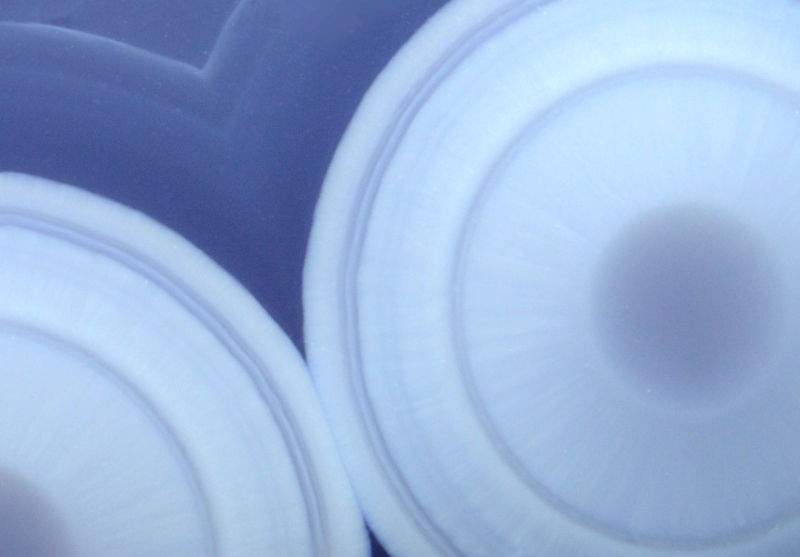
Figure 3. The pyramid end contains 'feathery' or 'thuja coniferous leaves' white inclusions, all starting from a common point. They are
up to one centimeter long and some are flush to pyramid faces. Photographed with a 55 mm digital camera lens.
Infrared reflectance spectroscopy:
The IR reflectance spectra (Figure 4) whatever is the orientation of the stone show a characteristic polycrystalline quartz spectrum thus chalcedony, the 692, 780 and 799 cm-1 banded being less defined / sharp (more rounded).
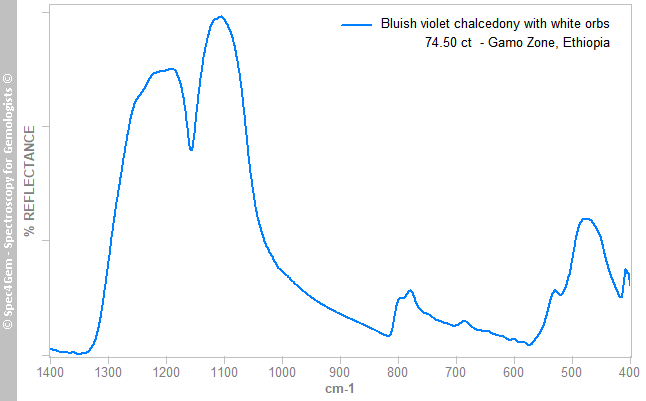 Figure 4. IR reflectance spectrum of the 74.50 ct chalcedony freeform which is invariably the same regardless of the stone orientation.
Figure 4. IR reflectance spectrum of the 74.50 ct chalcedony freeform which is invariably the same regardless of the stone orientation.Raman spectroscopy:
The Raman spectrum (Figure 5) indicates α-quartz (295, 356, 399, 464, 1072 and 1158 cm-1) and moganite (500 cm-1).
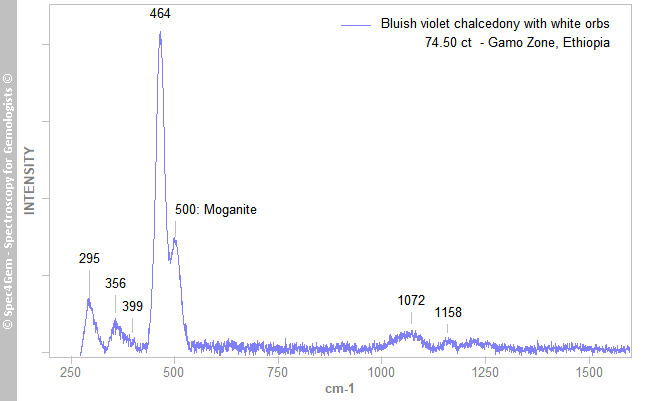 Figure 5. The Raman spectrum of the 74.50 ct chalcedony freeform shows quartz and moganite peaks. The moganite peak is quite important in comparison to main α-quartz peak at 464 cm-1.
Figure 5. The Raman spectrum of the 74.50 ct chalcedony freeform shows quartz and moganite peaks. The moganite peak is quite important in comparison to main α-quartz peak at 464 cm-1.UV-VIS-NIR spectroscopy:
Unlike most of colored gemstones, the beige color observed in transmitted light is not the same as the bluish violet one observed in reflected light as an observator contemplates the stone. So, the absorbance was collected with two different setups to understand the difference in color. The spectra are show in the Figure 6, the bluish violet color is the result of the transmision window in the violet and partly in the blue. The maximum absorption is at 590 nm similarly to the spectrum of the lavender chalcedony from Iran.
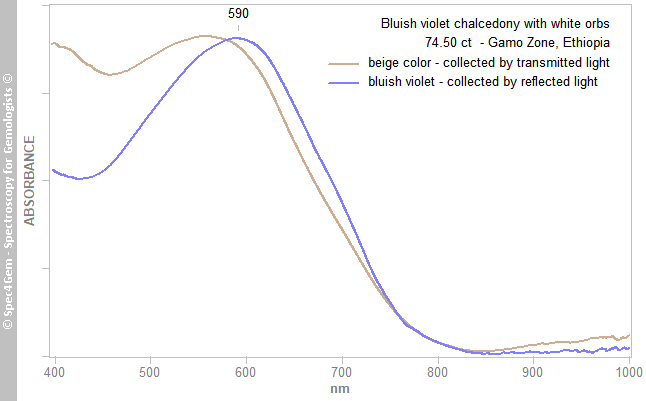 Figure 6. The VIS-NIR spectra explain both observed colors. The bluish violet color is the result of the transmision window centered at 430 nm. Such color is often caused by the light scattering on the micro-particules (cristals) and thus it is only visible when the light is reflected on the stone.
Figure 6. The VIS-NIR spectra explain both observed colors. The bluish violet color is the result of the transmision window centered at 430 nm. Such color is often caused by the light scattering on the micro-particules (cristals) and thus it is only visible when the light is reflected on the stone.The beige color observed in transmitted light globaly results from the same spectrum as for the bluish violet color execpt its transmission window in the violet and blue is much less pronounced and slighly shifted towards the blue. The maximum absorption is shifted to the opposite way to 560 nm.
The bluish violet color likely results from the light scattering on the chalcedony micro-cristals.
Photoluminescence spectroscopy:
No photoluminescence with the following excitation sources: 280, 405, 447, 532, 650 and 780 nm.
Conclusion:
An unusual new chalcedony material which is amazing by its color and its orbs. Since a large quantity of the material has been stockpiled, we may expect more to come in the future.

